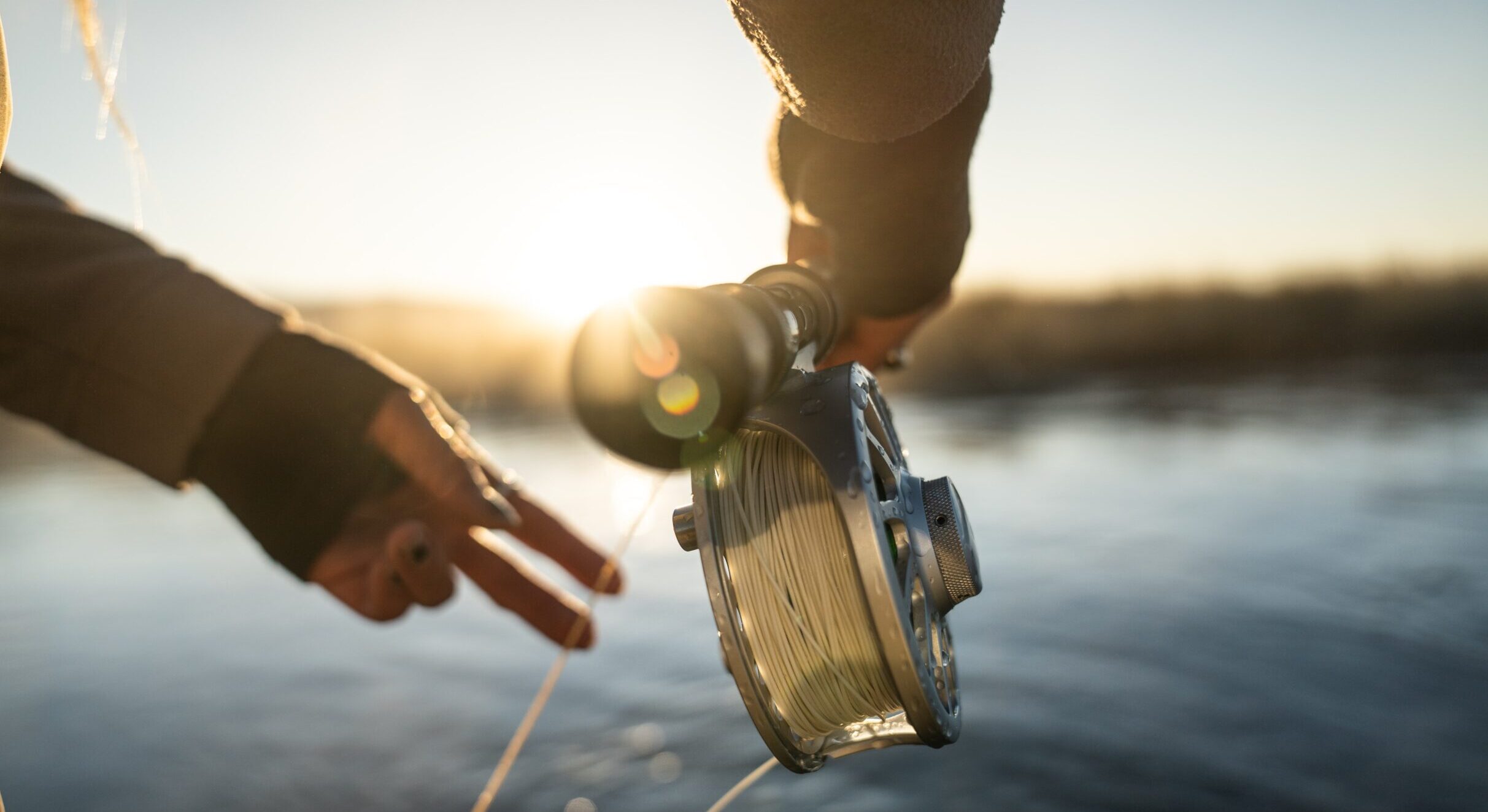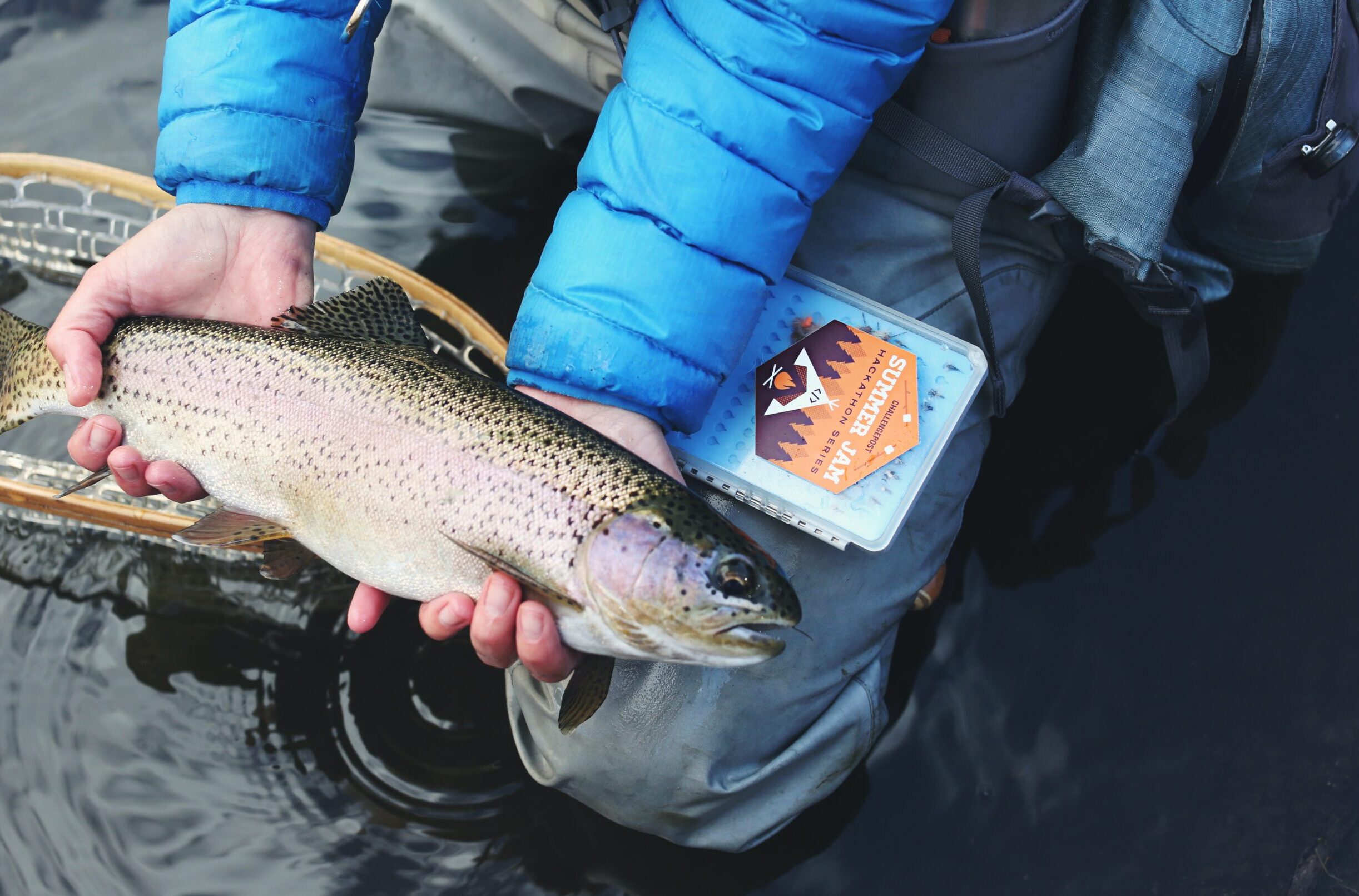Are you looking to up your fishing game? Well, one of the keys to success is selecting the right lure. With so many different types of lures available, it can be overwhelming trying to figure out which one to use for each fish species. In this article, we will explore three popular types of fishing lures: crankbaits, jigs, and soft plastics. By understanding their unique characteristics and benefits, you’ll be able to make informed decisions on which lure to use for your next fishing adventure!
What is a fishing lure?
A fishing lure is a type of artificial bait that mimics the appearance and movement of live prey in order to attract fish. Lures can come in various shapes, sizes, colors, and materials depending on the species you want to catch and the environment you are fishing in.
One of the main benefits of using lures over live bait is that they can be reused multiple times without having to worry about keeping them alive or fresh. They also allow for greater control over where your line goes since you can cast a lure more accurately than a bunch of worms or minnows.
Another advantage is their versatility – different types of lures work better in certain situations. For example, crankbaits are great for trolling along deep water structures while jigs are perfect for fishing near rocks or other underwater obstacles. Soft plastics can be used as imitations for anything from worms to shrimp depending on how they’re rigged.
Fishing lures provide an exciting challenge for anglers looking to improve their skills and land bigger catches!
Crankbaits
Crankbaits are one of the most popular types of fishing lures, and for good reason. These lures come in a variety of shapes, sizes, and colors, allowing anglers to choose the perfect lure for their specific needs.
One benefit of crankbaits is that they can be used in both shallow and deep water. This versatility makes them an excellent choice for targeting a wide range of fish species.
Another advantage to using crankbaits is their ability to mimic natural prey. Many models are designed with realistic patterns and movements that closely resemble small baitfish or other aquatic creatures. This makes them more likely to attract the attention of larger game fish.
When selecting a crankbait, it’s important to pay attention to its size and diving depth capabilities. Different models will perform differently depending on these factors, so it’s essential to choose the right one for your intended use.
Crankbaits are an excellent choice for any angler looking to up their fishing game. With so many variations available on the market today, there’s sure to be a model that fits your style and preferences perfectly!
Jigs
Jigs are versatile fishing lures that can be used in both fresh and saltwater. They consist of a weighted head and a hook with various types of skirts or trailers attached to mimic prey. Jigs are great for fishing deep waters, as their weight allows them to sink quickly.
One type of jig is the bucktail jig, which has natural deer hair tied onto the hook. These jigs have been used for decades and are still popular today because they can imitate many different types of baitfish.
Another type is the weedless jig, designed with a brush guard to prevent snagging on vegetation at the bottom of lakes or rivers. This feature makes it ideal for bass fishing in weedy areas.

A third type is the vertical jig, which is perfect for ice fishing or dropping down into deep water from a boat. Vertical jigs come in various shapes such as diamond, bullet and flat sides allowing anglers to choose what works best for them depending on water conditions.
Jigs offer anglers versatility when it comes to catching fish by allowing them to customize their presentation based on species behavior patterns.
Soft Plastics
Soft plastics are a popular type of fishing lure among anglers. These lures are made from soft, flexible materials like rubber or silicone and come in a variety of shapes and sizes. Soft plastics can mimic anything from worms to fish, making them versatile for catching multiple species.
One advantage of using soft plastics is their lifelike movement in the water. When rigged properly, they can move naturally with the current, mimicking real prey and enticing fish to bite. Anglers can also manipulate the speed and action of these lures by varying retrieve techniques.

Another benefit of using soft plastics is their durability. Unlike live bait that may die quickly or artificial lures that may break easily, soft plastics can withstand multiple bites before needing to be replaced.
When choosing a soft plastic lure, consider factors such as color, size, and shape based on the type of fish you plan on targeting. Additionally, selecting an appropriate rigging technique will play a significant role in how successful your fishing trip will be.
It’s no wonder why so many anglers turn to soft plastics when hitting the water – they provide versatility in both presentation and effectiveness when it comes to attracting various types of fish species.
How to choose the right lure for the right fish
Choosing the right lure for the fish you’re targeting is a crucial part of fishing. It can make all the difference between coming home empty-handed or with a great catch. Here are some tips on how to choose the right lure for the right fish.

First, consider what type of fish you’re after and where they live. Different lures work better in different environments and for different species. For example, if you’re fishing for bass in shallow water, a topwater bait like a popper or buzzbait might be effective at attracting their attention.
Next, think about the conditions you’ll be fishing in. Are there weeds or rocks that could snag your line? In these situations, using weedless lures like jigs with plastic trailers can help avoid frustration and lost lures.
Another important factor to consider is the time of day and weather conditions. Brightly colored lures tend to work well on sunny days when visibility is high, while more natural colors may be more effective on cloudy days when light levels are lower.
Don’t forget about personal preference and experience. Some anglers swear by certain types of lures because they’ve had success with them in the past or just enjoy using them more than others.
Choosing the right lure takes practice and experimentation but following these tips will give you a good starting point for selecting which one to use next time you head out onto your favorite body of water!
Choosing the right fishing lure can make a huge difference in your catch rate. Crankbaits, jigs, and soft plastics are all effective types of lures that can help you bring home a trophy fish. Remember to consider the water conditions and the type of fish you’re targeting before selecting your lure. With practice and experience, you’ll become an expert at identifying which lure will attract the most bites for your desired species. So get out there and start exploring different types of fishing lures! Happy angling!


